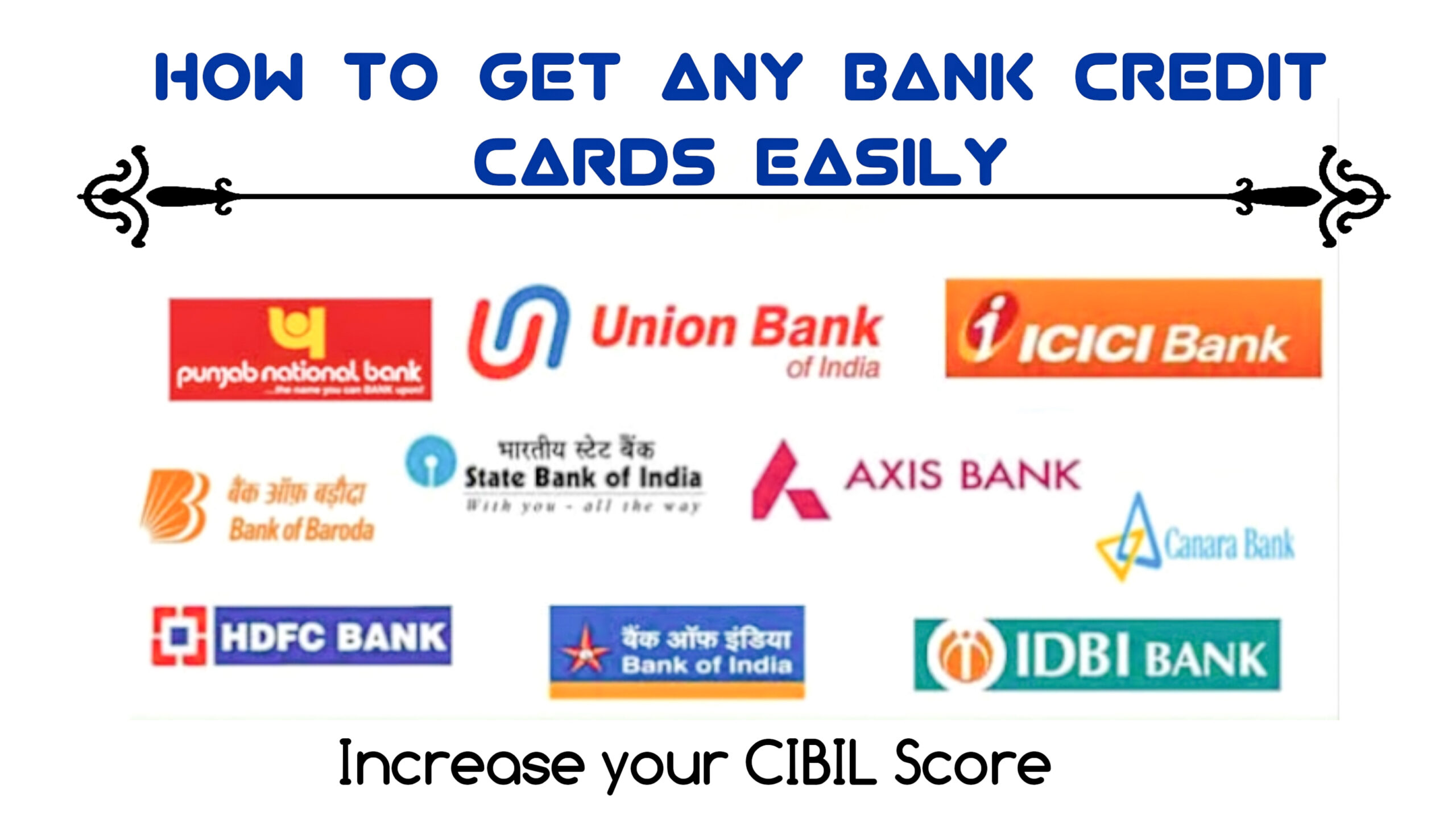Obtaining a credit card and improving your credit score can be challenging, but with the right approach, it’s possible. Here’s a step-by-step guide:
1. Why Many People Don’t Get Credit Cards:
- Low Credit Score: A low or insufficient credit score is one of the most common reasons for credit card rejection.
- Insufficient Income: Credit card issuers often require a minimum income level, which some applicants might not meet.
- Limited Credit History: People who have little or no credit history may find it difficult to get approved because lenders have no way to assess their creditworthiness.
- Existing Debt: High levels of existing debt or a high credit utilization ratio can lead to rejection.
- Incorrect or Incomplete Applications: Errors in the application form or missing documentation can result in denial.
2. How to Get a Credit Card:
- Check Eligibility Criteria: Before applying, review the eligibility criteria of the credit card to ensure you meet the minimum requirements.
- Start with a Secured Credit Card: If you have no or low credit, consider starting with a secured credit card. You’ll need to deposit collateral, which reduces the risk for the issuer.
- Apply for Entry-Level or Beginner Credit Cards: Some credit cards are designed for beginners or those with low credit scores. These often come with fewer benefits but are easier to obtain.
- Ensure a Stable Income: Lenders often look for stable income to ensure you can repay the credit. Providing proof of regular income increases your chances of approval.
- Reduce Existing Debt: Pay down existing debts to lower your debt-to-income ratio, which can improve your chances of getting approved.
- Maintain a Good Relationship with Your Bank: If you have an existing relationship with a bank (e.g., savings or salary account), they might offer you a credit card based on your history with them.
3. How to Improve Your Credit Score:
- Pay Bills on Time: Consistently paying your credit card bills and other debts on time is one of the most important factors in building a good credit score.
- Keep Credit Utilization Low: Try to use less than 30% of your available credit limit. High utilization can negatively impact your credit score.
- Limit Hard Inquiries: Each time you apply for a credit card, a hard inquiry is made on your credit report, which can lower your score. Limit the number of credit applications to avoid this.
- Maintain a Mix of Credit Types: A mix of credit types (e.g., credit cards, loans) can positively influence your score, but ensure you can manage them responsibly.
- Review Your Credit Report: Regularly check your credit report for errors or discrepancies and dispute any inaccuracies that might be hurting your score.
- Keep Old Accounts Open: The length of your credit history matters. Keeping older accounts open (even if unused) can positively impact your score.
4. Long-Term Strategies:
- Build a Credit History: If you’re new to credit, start with small lines of credit or a secured card to build a history.
- Increase Credit Limits: Over time, you can request an increase in your credit limit, which can help lower your credit utilization ratio if you don’t increase your spending.
- Diversify Credit Types: In the long run, having a mix of credit accounts, like a credit card, a car loan, or a mortgage, can help improve your score.
Improving your credit score takes time, but with consistent and responsible financial behavior, you can build a strong credit profile, making it easier to get approved for credit cards and other forms of credit.










